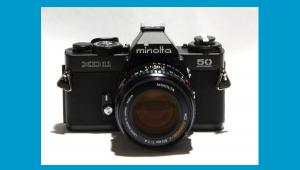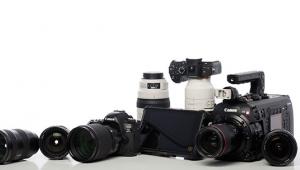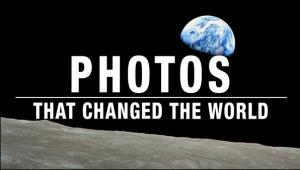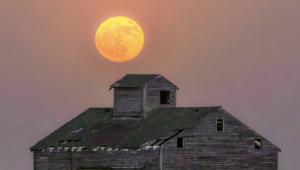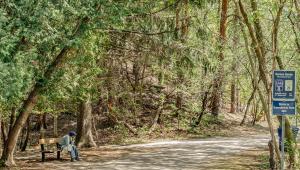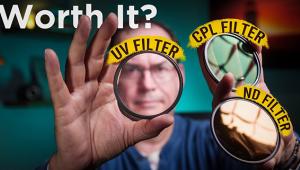I love being able to take beautiful pictures. My favorite is finding animals in the wild to take pictures of. I wish I had more time for this! http://www.dovebuilders.net/tenant-improvements/
Fujifilm Finepix S200 EXR; Great Video and High Zoom Capability
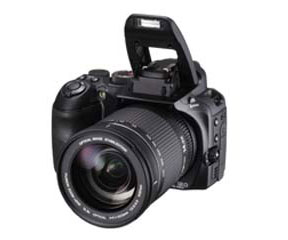 |
|
|
The camera offers numerous options for picture size and aspect ratio, although all stem from the 4:3 and the rest are just crops of same. JPEGs open up at about 34MB, which is quite enough for 13x19 inch prints. The ISO ranges up to 12.800, though 1600 is about as far as I would go unless you absolutely need to go higher. The lens aperture goes from a quite fast f/2.8 max aperture at the wide setting to f/5.6 at the tele, a loss of two stops that is not that different from affordable independent zooms but that still might make you shoot at a higher ISO than you might otherwise choose in low-light, tele zoom conditions.
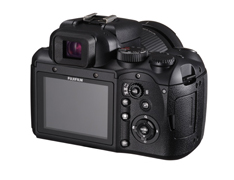 |
|
|
The EXR in the name refers to the sensor and the way Fuji sorts through the color and brightness signals. You can get all the tech details from the Fuji web site http://www.fujifilm.com/products/digital_cameras/s/finepix_s200exr/ where the specs I don’t cover here can also be discovered. The truth is that the 200 delivers excellent image quality and allows for numerous user controls in the bargain.
 |
|
|
Metering can be switched from the 200’s Multi to spot and center-weighted averaging, the latter two being something you probably want to do when doing exposure lock shooting outdoors or in contrasty light. There are the usual Program, AV, TV and manual exposure modes available on the dial, plus a few other modes worthy of note that will be covered in due course.
Being a built-in lens you probably should consider close focusing capability, which ranges in normal mode from about 1.6 ft at the wide and 8.2 ft at the tele, which might seem far but then again consider that this is a 430+,mm setting. There is a super macro setting that lets you get as close as about 1/2 inch, and a moderate macro for focusing as close as 4 inches.
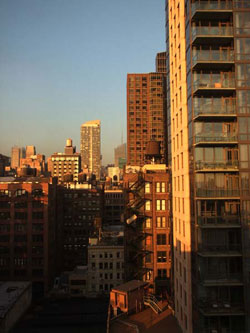
|
 |
|
|
||
You can shoot in JPEG or RAW, although the test camera I had defied any program I had to open its RAW files. There is little support available on the web. If you buy a box with supplied software go to the Fuji website for the latest version, as the supplied version will not take care of this camera’s Raw files, while the upgrade did. If some third party company adopts this camera’s Raw files then you will be fine, but even the latest ACR build does not. In any case the download for the Raw converter update is at: http://www.fujifilmusa.com/support/ServiceSupportProduct.do?prodcat=878918.
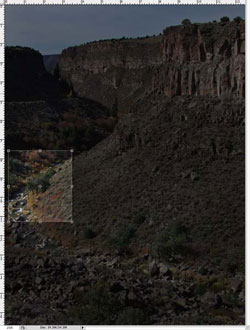 |
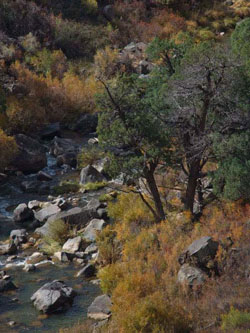 |
|
|
||
You can also shoot in AVI video files, which produced very good image quality in low light with excellent sound. These opened up quite nicely and I must say that the sound was very impressive. One test I did was front row in a jazz concert and the sound was great, given the single mic. I also shot a tree swaying in the wind to see how the mic would handle it; the wind sound was abrasive.
The camera does not have an optical finder, but offers EVF viewing through an eyepiece and a 2.7 in monitor that works pretty good in daylight. I am not a big fan of EVF (electronic viewfinder) viewing and this camera does not sway my opinion, especially in contrasty, bright light. The rear monitor is pretty good, especially when it comes to making settings, but suffers in bright light, like almost all do. I have to admit I did get used to framing and composing through the EVF, but why should one have to get used to something that is not optimal for all work in all kinds of conditions?
 |
|
 |
|
|
There are all sorts of scene modes available with the camera. Many perform a bit of magic and others create numerous tricks with your images. There’s Pro Focus, which is actually a wide aperture priority mode; there’s Pro Low-Light that makes four shots combined to one to lower noise and blur; and then there’s FSB, for film simulation bracketing. Most folks using this camera probably have not shoot with film, or certainly not slide film, so Fujifilm’s reference to Provia, Velvia and Astia is obscure to say the least and will not make much sense to most. Just figure that the three shots in the bracket will be natural, vivid and somewhat soft color rendition. It’s Fujifilm’s harkening to a past only they and a few old slide shooters (like me) might remember.
 |
|
|
There is also an EXR on the dial that might tempt you, and the options offer different renditions and interpretations that seem quite subtle to my eye, including D-Range Priority, which doesn’t seem to do much though there is some budging of the histogram with and without; High ISO and Low Noise, which actually serves as a governor stopping the camera from going above ISO 1600; and Resolution Priority, which you should choose for “crisp, clear shots”, and from what I can tell chooses a high res option.
Don’t look for much guidance from the instruction booklet here, which is a summary of the features, with more detail offered in the PDF version on the accompanying disc. I did try all of them at one point or another and found them somewhat effective but, in the end, felt they were more confusing than they need be. Why define all this processing magic with proprietary branding of functions and jargon? Standard phrasing might help, but then again I am not a Scene mode fan, so you have to take all this with a grain of salt.
The size and weight are quite manageable, with a decidedly right-handed body grip and feel. The camera weighs in at about 29 oz without battery and is takes up about 5x5 inches (width and lens protrusion) in your bag.
 |
In fact, when the camera is left alone to be a camera without all the branding and mode flag waving it does quite well and delivers really nice images at quite high ISO settings, very good low light video, even though res is a bit less than competitors, and an incredible zoom range that will make up for the fact that the lens is a part of the body. The viewing experience, being EVF, is less than optimal and will disappoint those used to a D-SLR, but is something I got used to in short order and eventually it did not get in the way as much as it did coming out of the box. Settings, once you get past all the modes and branded Scene and bracketing setups, are quite easy and accessible from either the body (ISO, exposure compensation, metering patterns and modes, white balance, playback etc.) and from the deeper dive menu, which lights up the LCD brightly with a push on the Menu button on the camera back.
So, aside from my frustration in trying to get the most from the camera’s RAW (RAF) files to see what was really under the hood, I quite liked working with the camera and feel it is one of the most versatile integral lens cameras on the market today. Image quality is very nice and there are enough features to amuse even experienced photographers. Alas, the body size and shape are very much like a smaller D-SLR, so it is not a second body type camera that you would take with you when you do not want to lug around the D-SLR. But if you are looking for a very big zoom range, very good image quality and a good video function, this may do the job, and might make a nice traveling companion to boot. I now know which integral lens camera to recommend when people ask what the best camera to take on a safari might be.
- Log in or register to post comments



